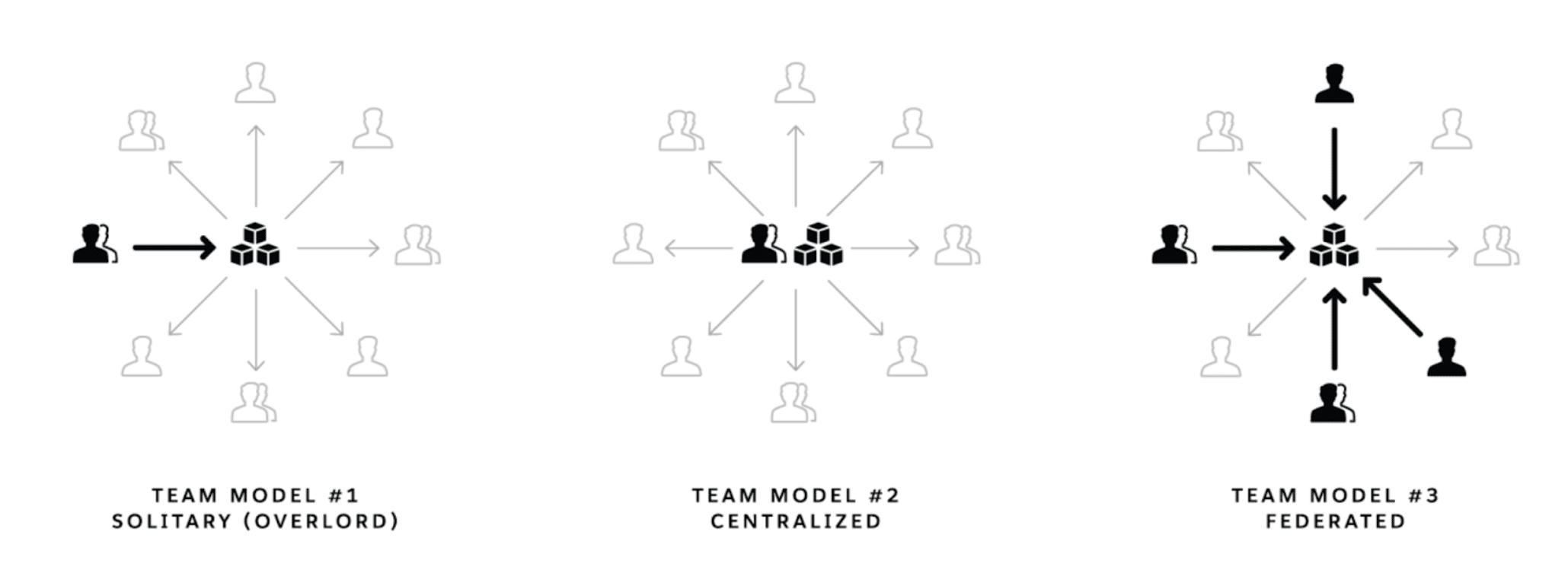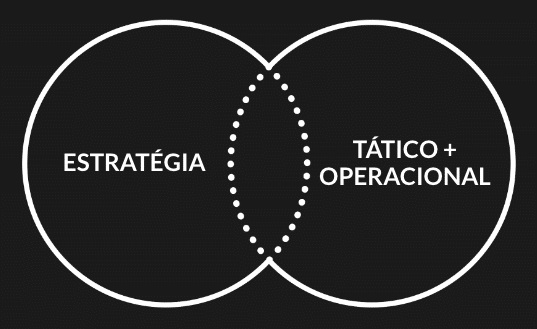impact and result without losing the essence
Leadership is just another design problem
The growth of teams, and the lack of results, has increased the concern of companies with the impact and efficiency of these teams. So this (design) paradox demands that leaders be called upon to take responsibility.
After years of acting as a design leader and manager, mastering the user-centric culture vision, I have been building a vision that goes beyond the design lens.
It’s not about the tools, it’s about changing the reality"
Marc Stickdorn, Author of This is Service Design Doing
Motivate, inspire and influence
Design leadership is not different
Leadership is a complex and important topic. Leadership is about managing people, tasks, processes, goals and results. In my view, while there is a connection between design and empathy, this does not mean that design leadership is radically different (or better) from other areas of leadership.
However, design leadership can be different from other areas. It requires skills and strategic vision to define and manage the vision of the design discipline in the company and lead the team towards common goals.
In a scenario where technology often dictates the direction of companies, it is important that the design leader has a vision beyond the discipline itself. This means that design leadership requires maturity to understand that design is not always the most important dimension to consider in certain cases. It is necessary to lead in several dimensions beyond the “craft”. Design leadership is tough, but it can be worth it.
manage the vision of the discipline
The importance of the design leadership role is becoming increasingly evident in the business world, with a growing demand for leaders who understand the importance of design and have the skills to implement change at an organizational level. We need to know how to deal with uncertainty. However, many designers are not aware of the challenges they will face when taking on this leadership role.
We’ve been lonely designers our whole lives.
Working alone with our headset on a chair at the end of the office. In recent years, and very few, the market has changed aggressively. It’s impossible to count the number of design teams that emerged. How many and which companies have teams. In some cases you even wonder “why”. Clearly the corporate market has begun to see the value in design. But what does it mean?

With that there is investment in hiring, in building teams. It doesn’t necessarily mean they know what they’re looking for or hiring. This is an important fact. Putting a number of designers, who were not used to it, working together in a new format and with an expectation of performance, which varies from context to context, is the equation for chaos. In some cases failure.
This is where design leadership is needed.
As design teams grow and demand increases, training and qualifying the “right” team becomes increasingly complex, making it essential to have a good understanding of the context and strategy of action. A well-structured team is a reflection of the leader, who must be concerned about not disturbing his subordinates and helping them to reach their maximum potential. Giving the right direction, in the best way.
To make design a priority within an organization, design leaders need to connect the user experience to the highest priorities of executives and stakeholders. Each designer must be aware of where they can make the greatest impact and act accordingly, delivering an adaptable and quality experience. It’s more than giving orders. It means building together and with transparency.
Leadership beyond Design
My Principles
Far beyond design, there are other ways of thinking that can help promote effective and impactful leadership. An important aspect is vulnerability, which means being honest and authentic with your team about your own challenges and limitations. Another essential principle is that leadership is a conscious choice that requires commitment and dedication.
Effective leadership empowers teams to achieve goals and reach their full potential, while providing a supportive and trusting environment for them to grow and develop their skills.
It is also important to remember that leadership is not just about tools and techniques, it is about creating real and meaningful change in the organization. If you, as a design lead, are simply gathering best practices over and over again, you are probably not delivering the value that design could be delivering to your organization.
Communication and clarity
Clear and effective communication is essential in leadership. Giving constructive feedback in a timely manner, understanding the individuality of each professional, helps to engage and motivate the team, in addition to building belief in the leader's vision.
Transparency and truth
Being vulnerable and open, sharing more of yourself, is a way to establish trust with the team. Transparency and truth are important values for authentic and committed leadership and to continue with everyone's engagement.
Pragmatism and focus
Being objective and practical, building partnerships, and having consistency in speech and demand is essential. The focus on results and the ability to act strategically are important to achieve the goals of the team and the organization.
My background is built on references and perspectives from others who came before me. I believe that trust is a fundamental point for a strong and consistent leadership work. That’s why I like to address the challenges faced by teams in the leadership triangle, The Five Dysfunctions of a Team.
I admire Michael Watkins approach to what to do in his The First 90 Days as a leader at a new company. His tips are valuable and can be summarized in a practical way: Do your own promotion; Accelerate learning; Adjust the strategy to the situation; Ensure initial gains; Negotiate success; Complete the alignment; Assemble the team; Create coalitions; Maintain balance; Accelerate everyone.
Another work that inspires me is Julie Zhuo’s book, “The Making of a Manager: What to Do When Everyone Looks to You“, where she highlights the importance of the manager ensuring that his team knows what success is and is committed to achieving it. it.
Purpose, people and processes
I believe in keeping the team learning and always in individual evolution, so that the interest in remaining in the environment, and in the challenge, that we create is the best way to retain talent.
Questions that drive me:
- Am I investing my efforts correctly?
- Am I making an impact?
- Does what I do still make sense?
A good design leader has two points of view

The leader, or manager, is expected to define the future and meaning of design within the organization. to do this, I believe, there are two important layers that a design leader must keep in mind.
- DEFINITION OF THE DESIGN STRATEGY FOR THE COMPANY:
The leader must be able to envision a better future for the company through design and plan how to achieve that goal. In addition to thinking about the business, it is essential to consider the impact of the project on society and on the lives of customers/users. It is necessary to be strategic and think about how to achieve the objectives and overcome the challenges presented. Without a strategic vision, the chances of developing a bad product increase. - TEAM CONSTRUCTION AND EVOLUTION:
In addition to strategy, the leader must have the skills to build and develop a strong and cohesive team capable of delivering the strategic vision. It is necessary to take a critical look at the skills and competencies of team members, as well as offer clear and constructive feedback so that they can continuously improve.
Team evolution also involves establishing a healthy and inclusive work culture, as well as the ability to effectively identify and resolve internal conflicts.
Evolution of products and process through Design
Leadership Cases
As a designer, I have a solid understanding of user-centric culture and this, combined with my experience in large companies over the last 10 years, has made me able to lead and deliver good results, which you can see here, for the company, always through design .